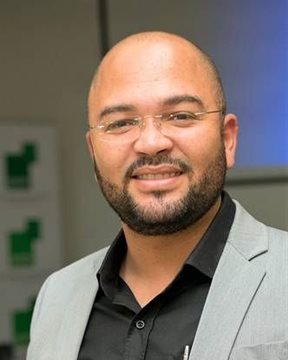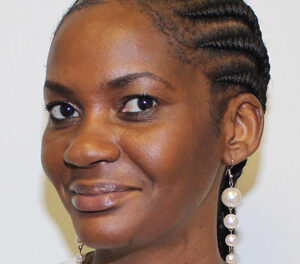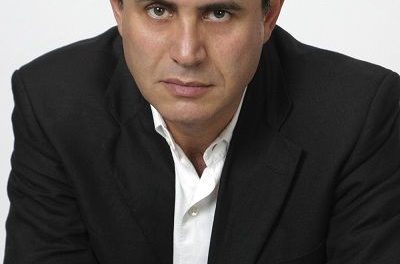
Using tech to heal

By Kehad Snydewel.
Medicine, healthcare and going to the doctor or hospital has for centuries been the procedure when we feel sick. These days, even in Namibia, we now often first reach for our phones or surf the Internet to check our ailment.
Both Google and WebMD are just two very popular diagnostic tools when we feel there’s something wrong with us. It doesn’t have all the answers, but it gives a feeling of being able to self-diagnose and anticipate what may happen if we finally do go to the doctor with our symptoms.
If we start looking at healthcare more closely, we are seeing that technology is playing a larger role in it. Machines now stop invasive procedures, to tests that no longer require blood samples. The developments are endless and very welcome. One thing that is almost certainly true, but not focused upon nearly enough; is how technology has improved the lives of humans across the globe, none are as important as the technological advances in medicine.
From the invention of X-ray machines to developments in surgical practices, technology has made us healthier and increased life expectancy. The field of healthcare and technology has different names and is called; E-health, Health Informatics or simply Medical Technology. Waiting lists are cut, medical errors are reduced because of good record keeping, all with the aid of technology.
Better screening, quicker diagnosis and access to treatment for patients due to technological advances, computerised databases and the ability to share information over vast distances in a blink of an eye has meant great improvements of peoples’ healthcare across Africa and Namibia. Every aspect of healthcare has been improved through technology and will continue to do so. Investment in these areas are crucial if we are to give Namibians a better and healthier life.
Electronic Health Records (EHRs)
In the past, hospitals had separate and different information systems that prohibited information from being readily and easily as well as securely shared amongst the medical professionals that required the often-vital information and patient records. With the advent of EHRs, systems are now connected, allowing for faster information transfers and more integrated and efficient care. Also ensuring that information is backed up and there’s less chance of information going missing.
Telemedicine / Telehealth
Telemedicine, which has taken a real flight with the evolution and increased speeds and accessibility of the Internet. It refers to methods of advancing healthcare based on telecommunications technologies. There are several reasons telehealth is becoming more popular and successful. First, in rural areas, of which Namibia has lots, where access to hospitals and other health related services are lacking, patients can use their computer to meet virtually with a doctor. Secondly, the cost benefits associated with telehealth are substantial, no more commutes, no waiting in waiting rooms or taking precious and valuable time off work needed.
Remote Monitoring Tools
When patients monitor their health at home, they can save money and reduce unnecessary visits to the doctor’s office. Pacemakers for patients with heart disease can automatically send data to remote health centres. From checking blood pressure, blood sugar or even weight and mailing the results to the healthcare provider means that the doctor or nurse can keep an eye on developments from a distance and only act if and when needed.
Wearable Technology
The wearable medical device market is more than just a fashionable and trendy accessory with straps ranging from gold, platinum and genuine leather. These devices collect data, which helps doctors and patients alike monitor and assess the health of individuals. In addition to devices that alert authorities about serious medical issues, there are very popular wearables like wristbands and watches that are allowing users to take an active role in their health.
Even something as simple as the Fitbit or Apple watch which lots of us are wearing can be seen as a monitoring device and can help track your health. Awareness of health status leads to better decisions about your activity levels and diet which ultimately may reduce health complications and allow individuals to reach their health goals.
Healthcare and the integration of technology within it in Africa is still in its infancy due to the high regulations with stringent legislation. The stakes are high in medicine so we cannot afford to adopt innovation that may cost people their lives. All this technology really improves the care that doctors, nurses and hospitals can provide. Leading to a healthier population and reduction in waiting lists and quicker diagnosis of ailments ensuring that what could potentially be dangerous, critical or untreatable now can be circumvented before it becomes a problem. Healthcare and tech really save lives when working in unison and should be stimulated at every turn.












































